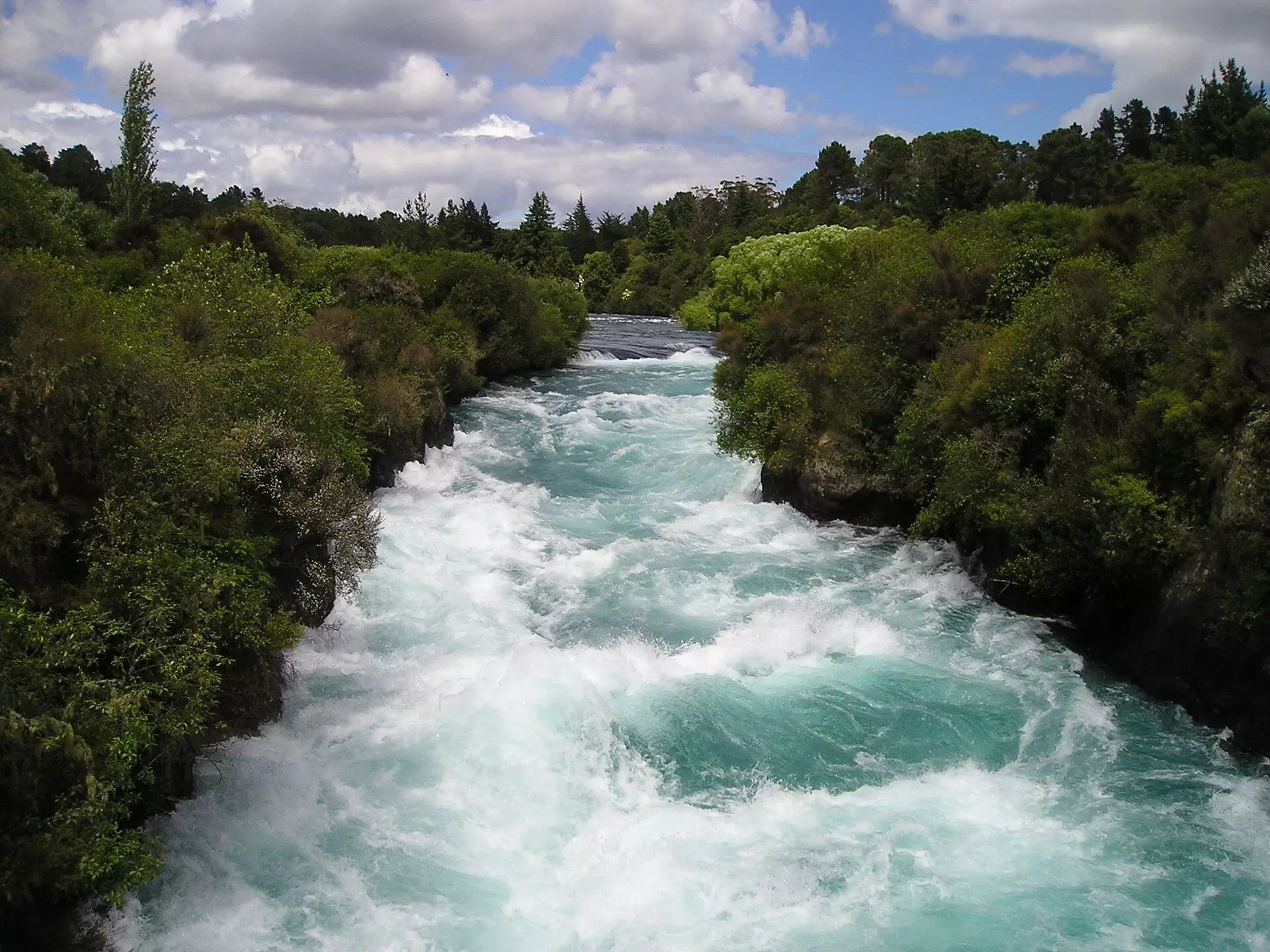As technology continues to advance at breakneck speed, the undercurrents of its environmental impact struggle for attention. The surge in artificial intelligence (AI) adoption, particularly from generative systems like ChatGPT, is placing an unexpected strain on U.S. electrical grids. The power demand from these AI models is staggering; each one can consume as much electricity in a single day as 180,000 typical American homes. This overwhelming requirement for energy is, frankly, alarming. To grasp the scale, we must consider that the training of GPT-4 alone required over 50 gigawatt-hours—representing around 0.02% of California’s total yearly electricity output. These numbers yield a stark narrative: as AI becomes a staple in both commercial and personal realms, the energy infrastructure must pivot rapidly.
Underlying this fervent demand is a troubling projection from California’s largest utility, PG&E, indicating that electricity consumption might double by 2040 due to the relentless rise in AI capabilities. These numbers are not just statistics; they reflect a critical crossroads for energy policy in America. Will we be able to harness cleaner methods of energy production, or are we veering towards reliance on more traditional, polluting sources? This reality invites scrutiny of not only the evolution of technology but also the systems in place to support its growth sustainably.
Challenges of Renewable Energy Sources
The current energy paradigm is grappling with a triple threat: the escalating energy needs of data centers, the influx of federally subsidized manufacturing plants, and the sweeping transition to electric vehicles (EVs). These factors collectively dictate a trajectory that could overwhelm the existing capabilities and capacity of renewable energy sources like wind and solar power. Given that data centers require incessant, stable electricity, the intermittent nature of wind and solar becomes an Achilles’ heel. In the face of burgeoning demand, utilities are left scrambling for reliable energy, often reverting to fossil fuels like natural gas and coal to fill the gaps.
The pressing need for energy doesn’t just put existing infrastructures in jeopardy; it stifles collaborative innovation too. Data centers alone are expected to witness a staggering annual electricity demand increase of 13% to 15% through 2030. The unyielding growth in AI sectors is compelling major tech firms to venture into the energy market for self-sustenance, as evidenced by Amazon’s substantial investment in a Pennsylvania data center tied to a nuclear power plant.
Hydropower: The Unsung Hero
So, where do we turn for solutions that benefit both technological innovation and environmental conservation? Shon Hiatt, an associate professor at USC Marshall School of Business, identifies hydropower as a critical, yet often overlooked, renewable energy source. Despite its potential, hydropower is vastly underutilized in the U.S. With the capability of repowering existing facilities and deploying turbines on current reservoirs, hydropower can inject substantial baseload energy into the grid. Unlike wind and solar, which are subject to the whims of weather patterns, hydropower offers a dependable energy source—an invaluable asset in today’s volatile energy landscape.
Upgrading existing hydropower facilities could yield up to 10 gigawatts of additional power, and remarkably, less than 3% of the U.S.’s over 90,000 reservoirs currently produce energy. By installing turbines on these reservoirs, the potential exists for an extra 12 gigawatts of energy. Such initiatives could be carried out quickly in many cases, offering a way to meet imminent energy needs in a timely manner.
Environmental Impact and Practical Solutions
Every energy source possesses its set of drawbacks, and hydropower is no exception. However, it carries a significantly lower ecological footprint compared to other forms of energy generation, especially considering options like solar and wind, which require extensive land use. The debate around nuclear power also lingers, but the urgency for quick solutions is pushing policymakers towards options such as new combined-cycle natural gas facilities. While these too have environmental implications, they represent a fast track for meeting immediate energy needs.
Furthermore, while the potential for run-of-the-river hydropower exists, its benefits are often hindered by bureaucratic obstacles and permitting regulations. The U.S. Department of Energy estimates that 65 gigawatts of hydropower energy remain untapped but developing such facilities can take years—years we may not have to spare as demands for AI grow.
The juxtaposition of traditional energy sources against emerging renewables paints a troubling picture: as AI’s dependency on energy intensifies, the path forward seems fraught with obstacles. The emerging reality underscores the necessity for innovative thought leadership to steer policy in favor of renewable solutions that offer long-term sustainability rather than short-term fixes. As the quest for energy solutions continues, one thing remains clear: the commitment to cleaner, smarter energy sources like hydropower is not just a necessity, but an imperative.

